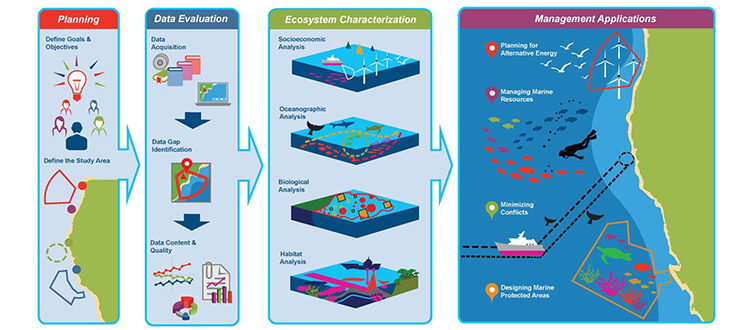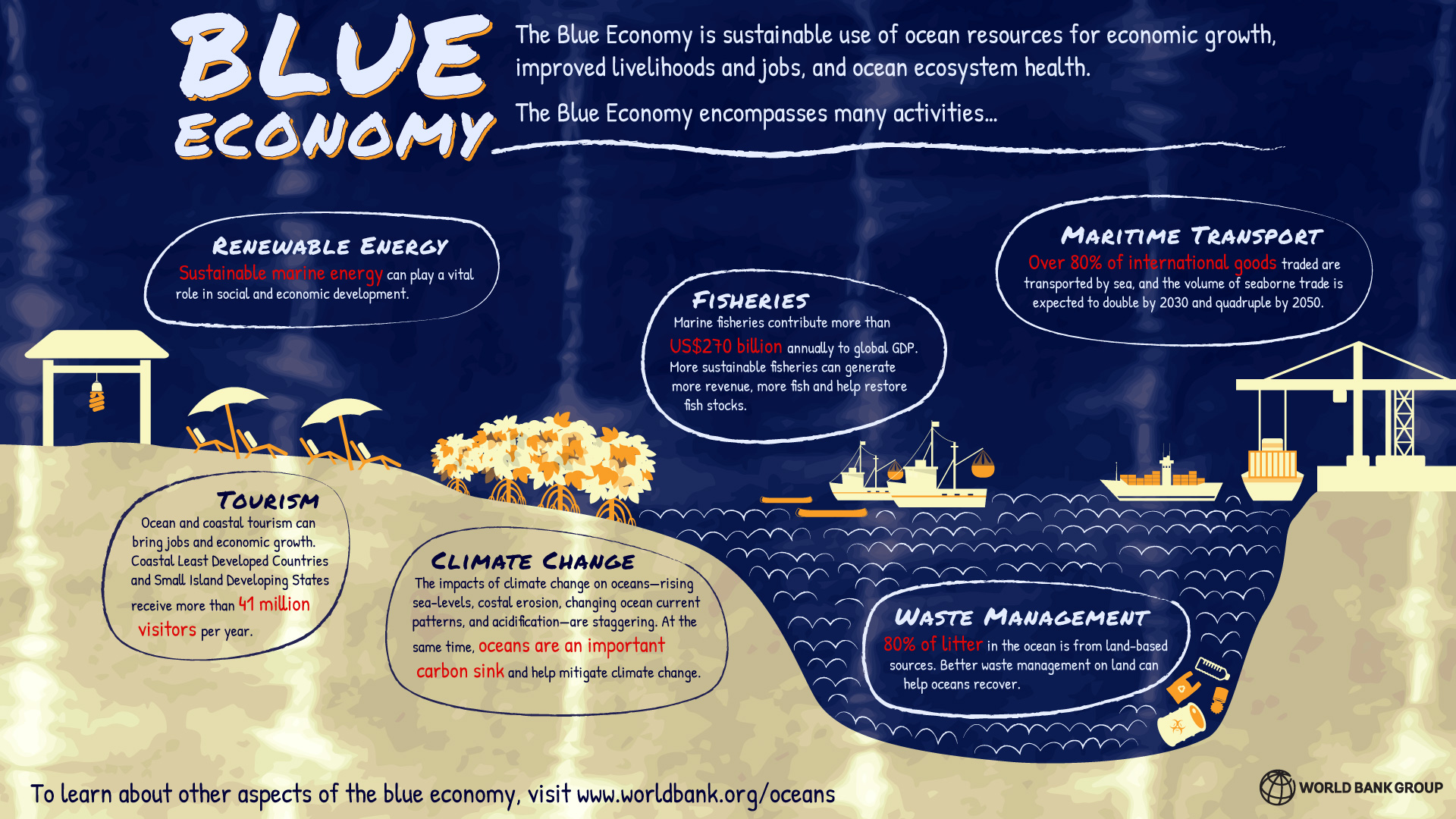
In News
Recently, India and Norway have agreed to jointly work in the area of Marine Spatial Planning (MSP) in the oceanic space for the next five years.
- This is a part of the Indo-Norway Integrated Ocean Initiative under the Memorandum of Understanding (MoU) signed between the two countries in 2019.
About Marine Spatial Planning
- It is a public process of analyzing and allocating the spatial and temporal distribution of human activities in marine areas.
- It aims to achieve ecological, economic, and social objectives.
- Elements: Planning along with additional elements of implementation, enforcement, monitoring, evaluation, research, public participation, and financing, all of which must be present to carry out effective management over time.
- Outcomes: The process should result in a spatial vision and a comprehensive management plan for a marine area to achieve that vision.

(Image Courtesy: PIPAP)
Major Highlights
- MSP will be implemented by the Ministry of Earth Sciences (MoES) through National Centre for Coastal Research (NCCR) for India and the Norwegian Environment Agency through the Ministry of Foreign Affairs, Norway.
- Aim: To ensure that human activities at sea take place in an efficient, safe and sustainable manner in areas such as energy, transportation, fisheries, aquaculture, tourism, etc.
- In its primary phase, NCCR will develop an MSP framework for Puducherry and Lakshadweep.
- These sites have been chosen due to their setups with unique opportunities for multiple sectors such as industries, fisheries, tourism, etc.
- The Government of India’s initial investments for undertaking the studies and planning are estimated to be around Rs. 8-10 crores per annum.
- In the future, the MSP framework of these two areas can be replicated in other coastal regions of the country.
- Both countries have decided to extend support for sustainable ocean resources utilisation to advance economic and social development in coastal areas.
- The World Bank and the United Nations Environment Programme (UNEP) have also shown interest in supporting MoES in conducting MSP.
Significance
- It will aid the development of multiple economic sectors and stakeholders in a greater number of coastal areas of India.
- MSP is globally identified as a tool for sustainable and integrated ocean management.
- It is a noted area for work in India’s (draft) Blue Economic Policy, which is under development by MoES.
- The Government of India’s vision of New India by 2030 highlights the blue economy as one of the core dimensions of growth.
- MSP is not an end in itself, but a practical way to create and establish a more rational use of marine space and the interactions among its uses.
- It balances demands for development with the need to protect the environment, and delivers social and economic outcomes in an open and planned way.
|
National Centre for Coastal Research
Blue Economy
|
Previous article
Lavender brings profit for Doda farmers
Next article
Facts in News
